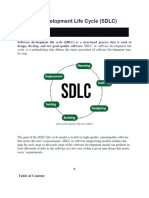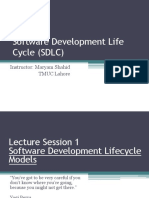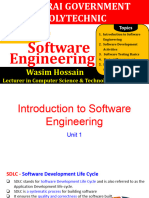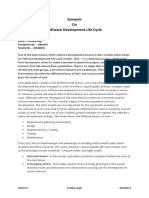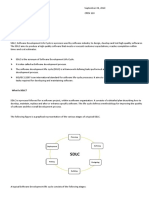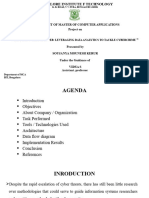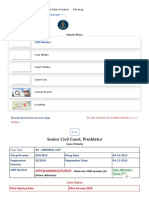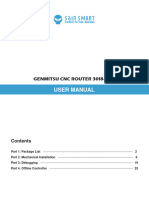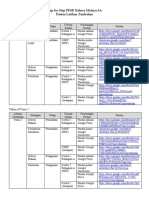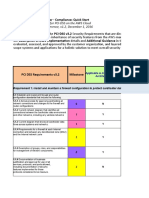0% found this document useful (0 votes)
13 views20 pagesCpe307 Notes
The document outlines the Software Development Life Cycle (SDLC), which is a systematic process for building software that ensures quality and correctness, consisting of seven phases: Requirement collection and analysis, Feasibility study, Design, Coding, Testing, Installation/Deployment, and Maintenance. It emphasizes the importance of SDLC for project planning, tracking, and enhancing client relations, while also detailing various SDLC models such as Waterfall, Agile, and Spiral. Additionally, it discusses project management frameworks, their key elements, and best practices for effective project execution.
Uploaded by
EyitoyosiCopyright
© © All Rights Reserved
We take content rights seriously. If you suspect this is your content, claim it here.
Available Formats
Download as PDF, TXT or read online on Scribd
0% found this document useful (0 votes)
13 views20 pagesCpe307 Notes
The document outlines the Software Development Life Cycle (SDLC), which is a systematic process for building software that ensures quality and correctness, consisting of seven phases: Requirement collection and analysis, Feasibility study, Design, Coding, Testing, Installation/Deployment, and Maintenance. It emphasizes the importance of SDLC for project planning, tracking, and enhancing client relations, while also detailing various SDLC models such as Waterfall, Agile, and Spiral. Additionally, it discusses project management frameworks, their key elements, and best practices for effective project execution.
Uploaded by
EyitoyosiCopyright
© © All Rights Reserved
We take content rights seriously. If you suspect this is your content, claim it here.
Available Formats
Download as PDF, TXT or read online on Scribd
/ 20













